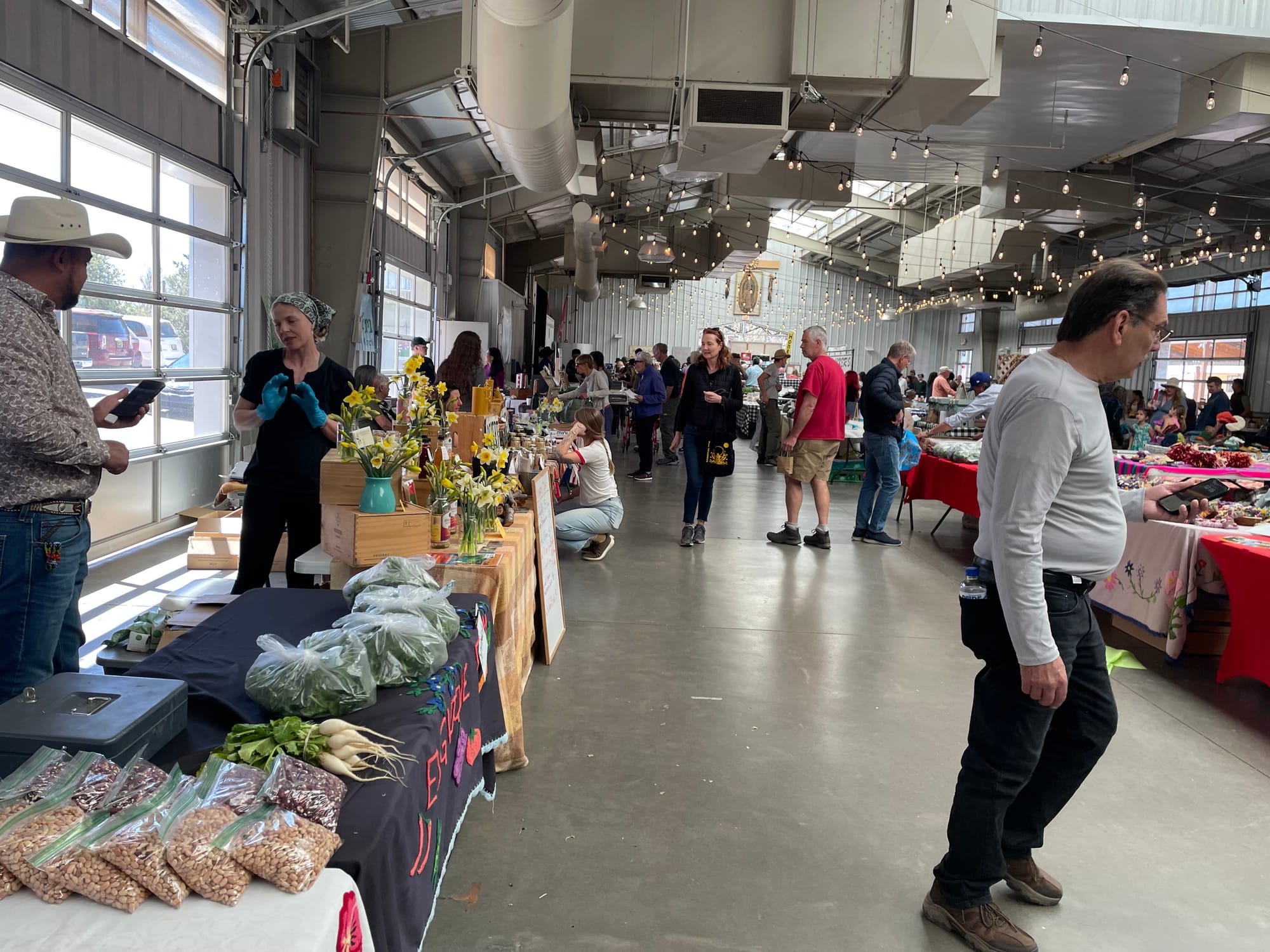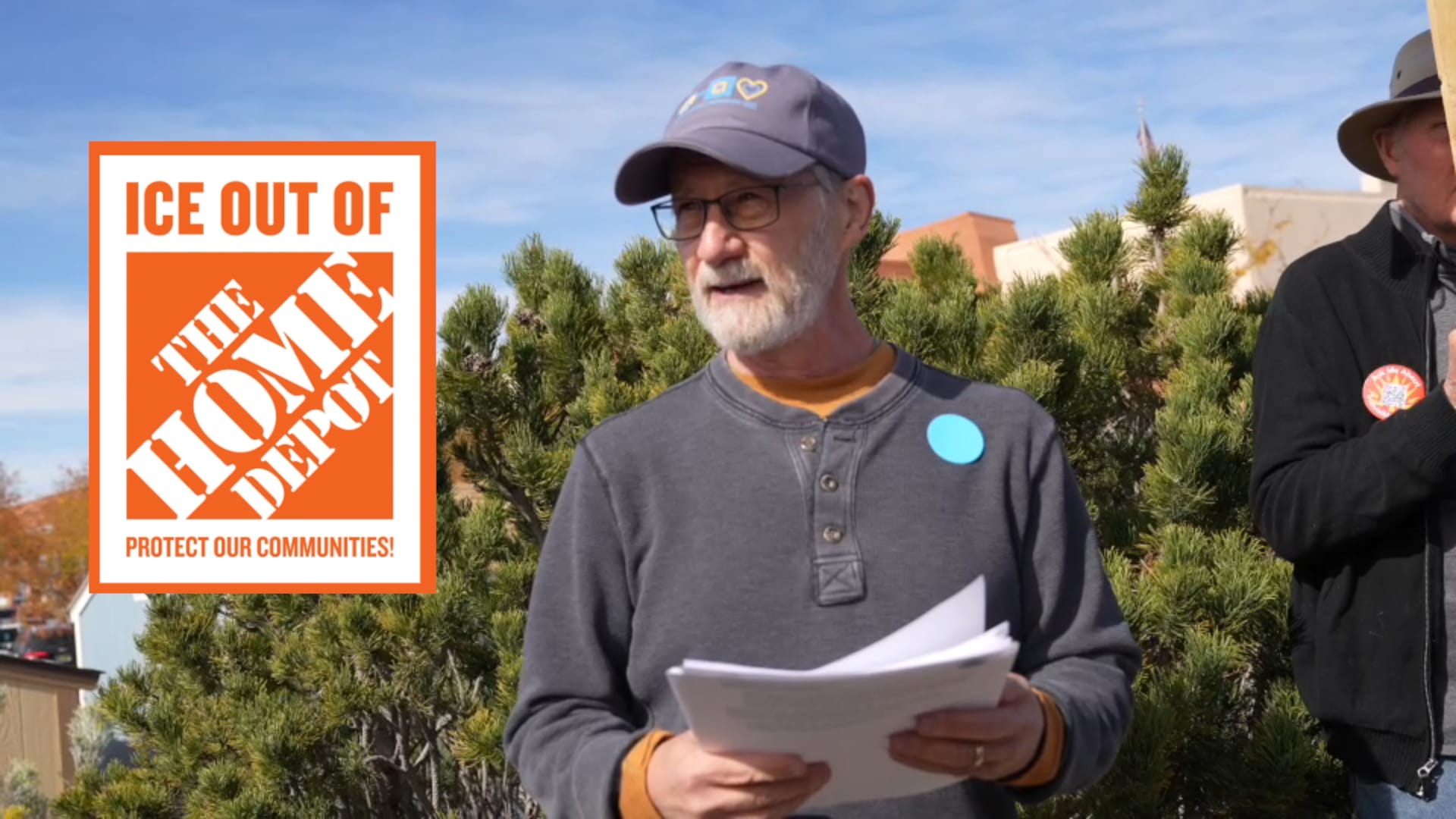You have perhaps heard about Governor Michelle Lujan Grisham’s plan to hold a special session to push for a law that would ban immigration detention facilities in New Mexico. One of the objections to closing down the horrific Torrance County detention facility is that it creates jobs and has helped lift people in the county out of poverty.
The question is, are there alternative ways to create good-paying jobs that would potentially be far more pleasant for the job holder and that would not involve cruelty to others? I can’t speak specifically about Torrance County, but there is plenty of information out there countering the idea that we must rely on big corporations or evil institutions to create jobs. The short answer is an emphatic: no, we don’t, and in fact, we can do much better.
At this point in the conversation let me turn to Michael Shuman, an expert on local investments and local economies. Michael Schuman puts out a weekly newsletter on local investment called The Main Street Journal and has written a book on local investment.
Shuman refers to a multiplier effect that occurs when we support the local economy through our purchases—when we avoid the Trump-loving businesses like Whole Foods and Trader Joe’s, and exploitative ones like Walmart (the list goes on)—and instead shop at farmers markets and small, independent, local businesses and farmers markets. The more money that is spent locally, the more money stays locally, with the money more likely to circulate in the local economy, rather than immediately being sent elsewhere.
Realizing this, some municipalities have passed laws to support local investment. New Brunswick has a fifty percent local investment tax credit, meaning that for every dollar you invest in local business, you get 50 cents back. Michigan has drafted a law to do the same thing, though limited to just a couple thousand dollars of investment.
In Nova Scotia, around 70 neighborhood-based pension funds have been operating since 1998. The government gives tax credits for those who put money into those funds. A recent study looked at all the money the government lost due to that tax credit over the last 25+ years and all the jobs created as a result. The cost to the government, per job created, was about $500. For comparison, consider Amazon’s plans to build a second headquarters in the U.S. Amazon received about 600 bids from different cities, amounting to $500,000 to $1 million per job that would be created. As Shulman points out, investment in local businesses is a very cost-effective way to create jobs and prosperity.
Shuman catalogs other benefits as well: “…in those communities with the highest density of locally owned business, there’s the highest per capita job growth rate. And another study from the Federal Reserve in 2013 shows that when you look at counties across the United States and those counties with the highest density of locally owned business, there’s the highest per capita income growth rate.”
Local businesses benefit communities in many ways that a detention facility most assuredly does not. Local businesses support their communities “through volunteering, working through schools, supporting schools, etc. And it shows that in communities with a high density of locally owned business, there are higher rates of volunteership, higher rates of voting, higher rates of engagement in charities, higher rates of social stability.”And as Gary Kowalski points out, the hype about prisons creating local jobs or supporting local economies is baloney.
I realize this may be a tough sell. The Torrance facility provides jobs now. The future potential of local investment remains an unknown. But when people make the argument that we can’t afford to lose the facility because of its ability to create jobs, it is important to be prepared to counter it. Michael Shuman has dedicated his career to this issue. It behooves us to learn from him so that we can fight against cruelty while also promoting local prosperity.
If the whole issue of strong local economies intrigues you, do spend some time on the Local Futures website. The website features some great short animation videos in multiple languages and the film The Economics of Happiness, as well as blogs, podcasts, and other useful and inspiring information.
Sources:
https://rise-leaders.com/local-economy-multipliers-michael-h-shuman/
https://www.localfutures.org/programs/global-to-local/local-futures-podcast/world-localization-extravaganza-part-2-the-potent-paradox/ (Shuman starts at about 7 minutes; disclaimer: I’m on the same podcast)














